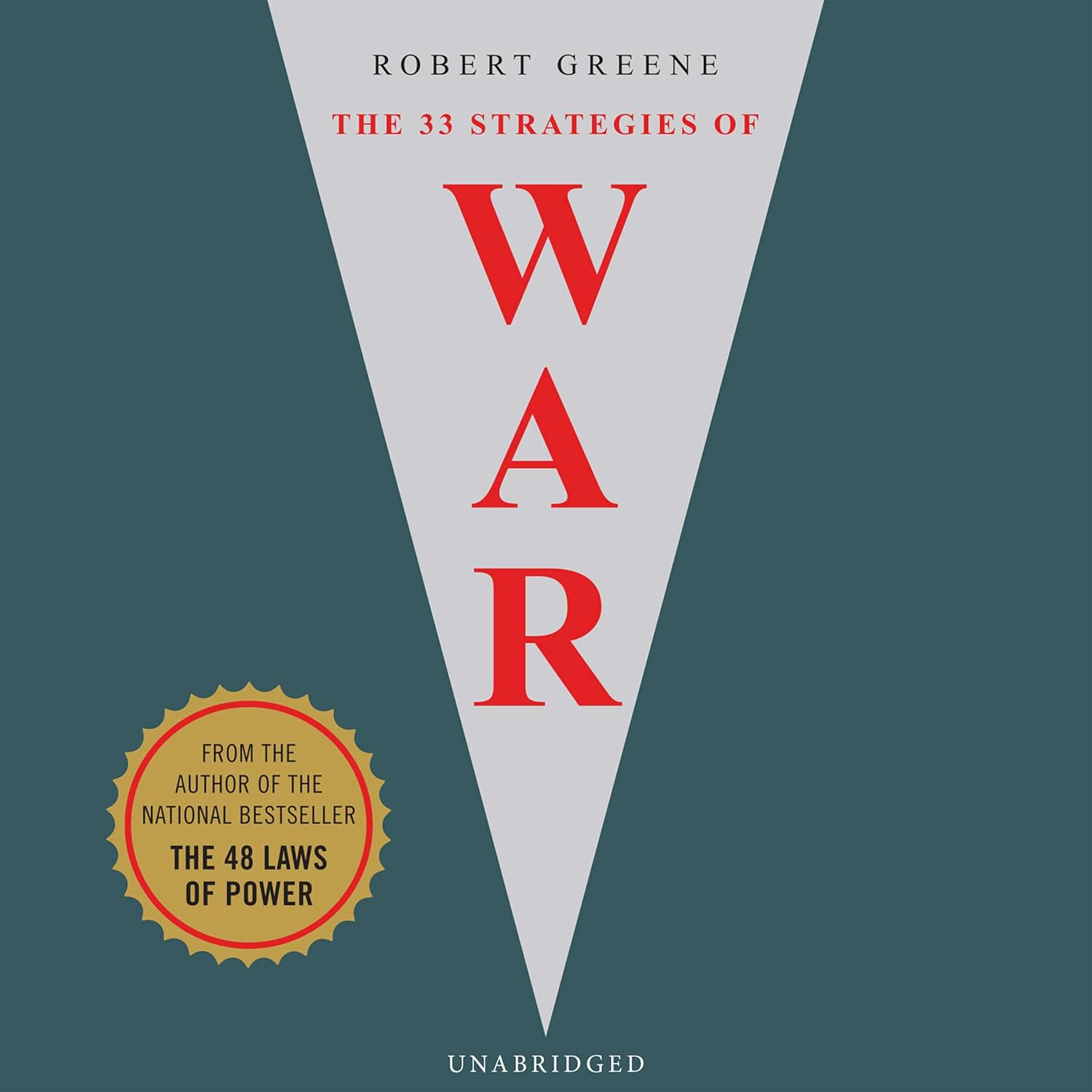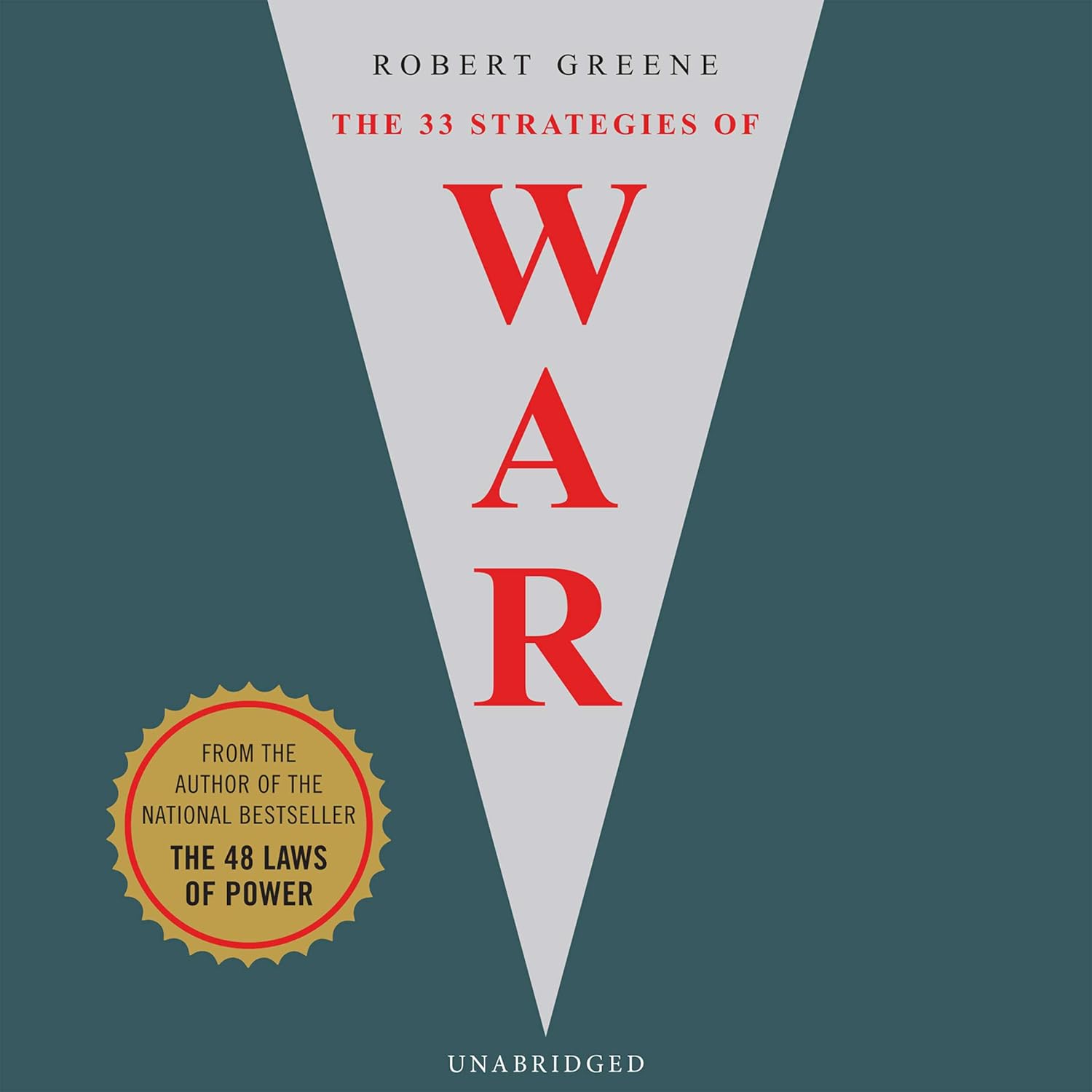Review of The 33 Strategies of War by Robert Greene
As a passionate reader and someone deeply interested in strategy and human psychology, I was drawn to Robert Greene’s The 33 Strategies of War. The book promises a comprehensive guide to the subtle social game of everyday life, informed by effective military principles, much like a modern companion to Sun Tzu’s The Art of War. With a keen interest in both historical tactics and personal development, I was eager to dive into this extensive work.
Upon starting the book, I was immediately impressed by its structure. Greene lays out a clear Table of Contents and provides an overview of each chapter, which I found helpful both as a preview and as a reference for later on. His preface offers foundational principles for transforming oneself into a “strategic warrior,” emphasizing a discerning approach to life’s conflicts. This foundational setup made it clear that the book aims not just to educate but also to empower.
One of the standout features of the book is its incorporation of historical examples. Each of the 33 strategies is richly illustrated with stories about military leaders from Napoleon to Ulysses S. Grant and even cinematic figures. This rhetorical approach enhances the reading experience and makes complex concepts more digestible and relatable. I found myself especially resonating with the chapter on “Self-Directed Warfare,” which encouraged self-reflection and strategic action tailored to one’s life circumstances.
However, while Greene’s writing is generally well-structured and accessible—as many other readers have noted, including William J. Bahr—it did feel a bit lengthy at times. Some reviewers expressed that the book’s 933 pages could be overwhelming, leading to mixed reactions regarding its length. I can relate to that sentiment; while Greene provides a wealth of knowledge, I sometimes found myself wishing for a more streamlined approach.
Another aspect of the book that some readers criticized is its lack of summarization. There’s no recap at the end of each chapter, which might leave some readers feeling a bit lost or as if they hadn’t fully grasped the salient points made. This is something I noticed as well; despite the book being enlightening, I often had to revisit sections to solidify my understanding.
Despite these drawbacks, the insights offered in The 33 Strategies of War are invaluable. Greene dives deep into psychological insights—showcasing how emotions and social dynamics influence outcomes in conflict. For instance, one of the strategies highlights the necessity of being adaptable and perceptive to the motives of others. This not only applies to battlefield tactics but also resonates with my experiences in both personal and professional realms.
Additionally, I appreciated the actionable advice Greene provides, such as assessing one’s goals and avoiding Machiavellian tactics that could lead to short-term gains at the expense of long-term trust. As Bahr pointed out, being guided by virtue and character remains a valid counterpoint to some of the more perverse strategies discussed. It’s a reminder that strategic thinking doesn’t have to come at the cost of ethical considerations.
In conclusion, The 33 Strategies of War exceeded my expectations by delivering a layered exploration of strategy, supported by historical anecdotes and psychological insights. Despite its length and lack of chapter summaries, the actionable strategies and compelling examples make it worthwhile.
If you’re interested in broadening your strategic thinking—whether in personal growth, business, or everyday conflicts—this book is a powerful, insightful read. It’s a modern classic for anyone looking to enhance their understanding of human behavior and strategic dynamics. Highly recommended!
Discover timeless tactics for success with “33 Strategies of War.” >>








